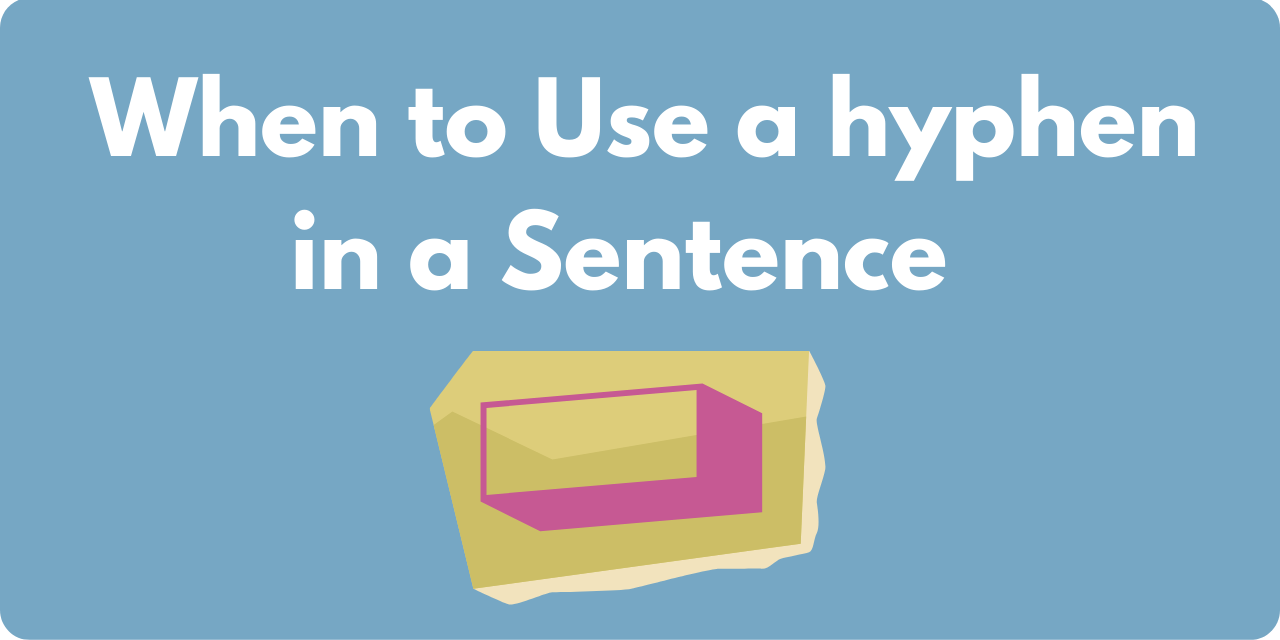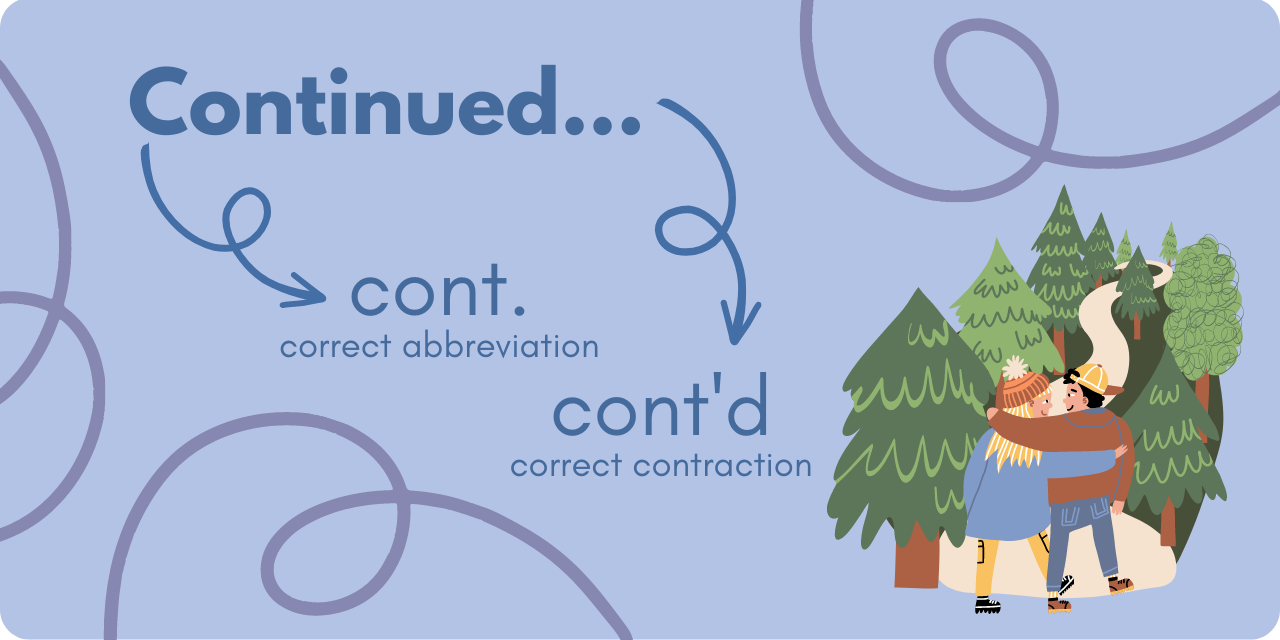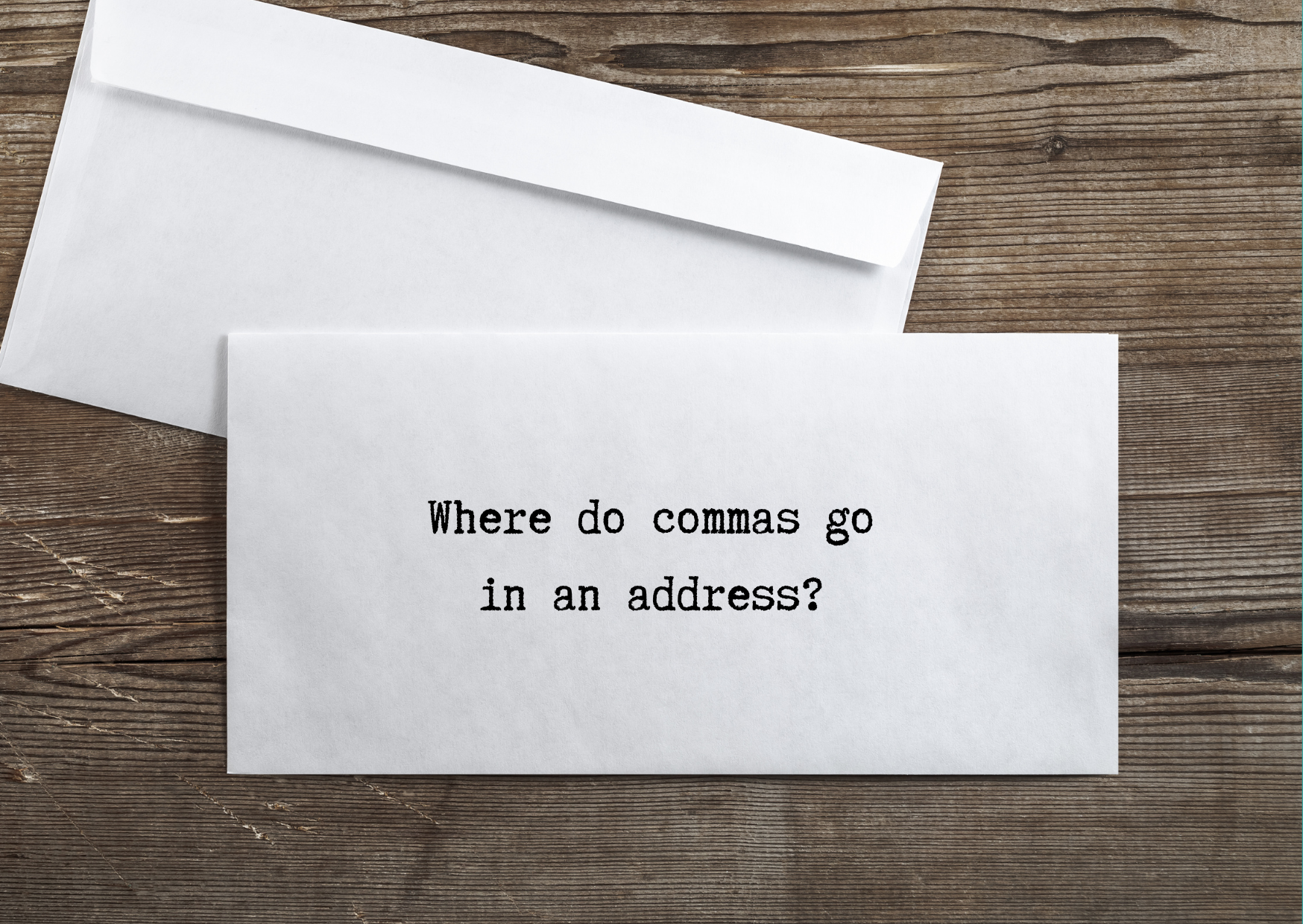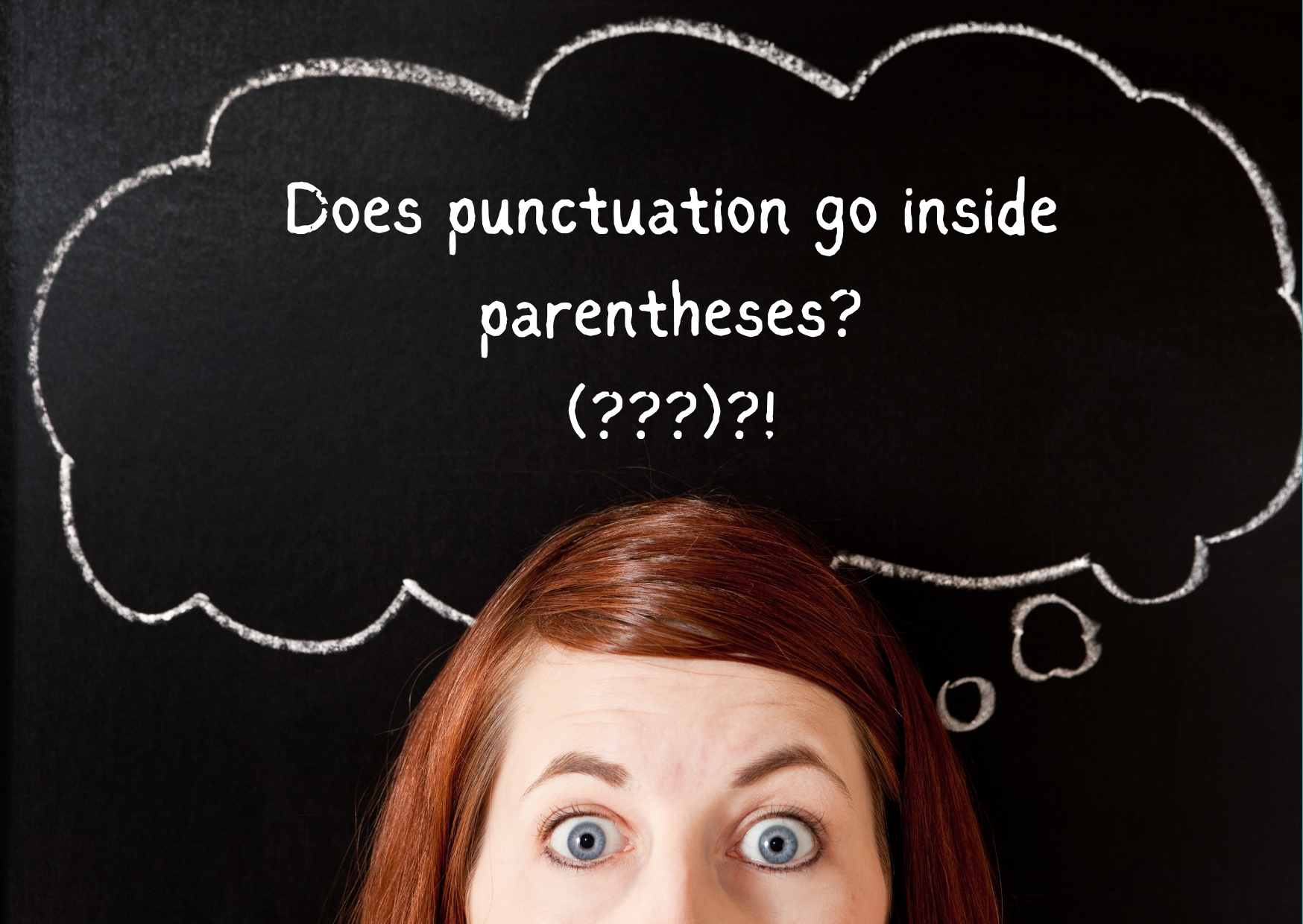Let’s talk about introductory elements in sentences and how to punctuate them. To start, there are two types of introductions: an introductory phrase and an introductory clause.
Introductory Clause
An introductory clause is a dependent clause that helps introduce or give background information for the primary phrase of the sentence. For example:
After the meal was finished, Susan was still hungry.
“After the meal was finished” is a dependent clause that helps provide background information for the main part of the sentence “Susan was still hungry.”
Introductory clauses often begin with such adverbs as: after, although, as, because, before, if, since, though, until, when. For example:
After the dinner was over, the two friends said goodnight and went their separate ways.
Although he was never athletic, he did enjoy golf.
Since it was getting late, Mari decided to head home.
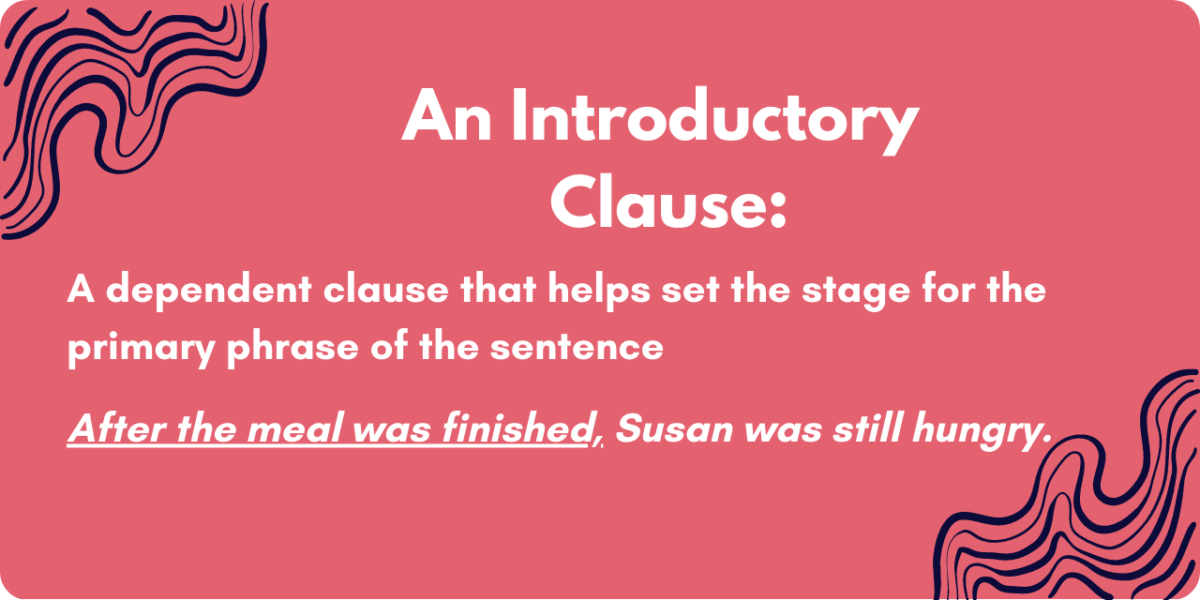
Introductory Phrase
Introductory phrases help introduce the main part of the sentence but are not complete clauses themselves. They don’t have the essential parts of speech, such as their own subject and verb, separate from the subject and verb of the main clause. Introductory phrases are often followed by a punctuation mark like the use of a comma or em dash.
They let the reader know that the central message of the sentence is coming. Introductory phrases also provide additional context and helpful information as a dependent clause for the sentence being introduced.
Here is an example:
While washing the dishes, Megan heard the baby cry.
“While washing the dishes” sets the scene for the main phrase, “Megan heard the baby cry,” but it is not a complete clause. We can just say while washing the dishes.
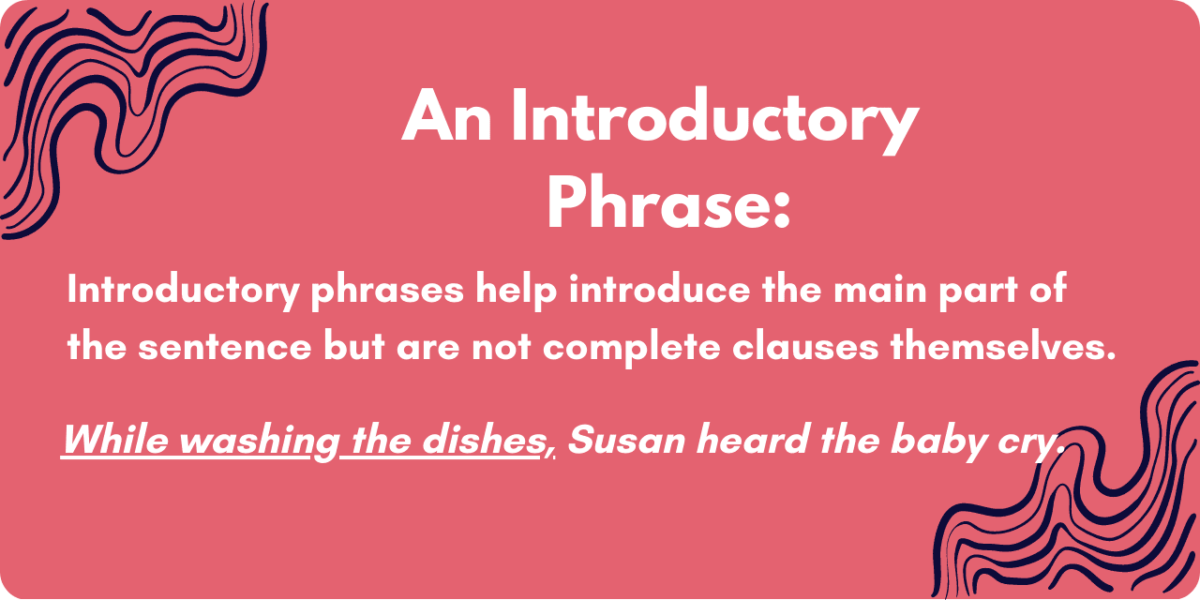
Types of Introductory Phrases
There are several types of introductory phrases: infinitive phrases, participial phrases, appositive phrases, prepositional phrases, absolute phrases, and prepositional phrases. Here are examples of each:
- To change the world, we much first be ready to rattle some feathers. (Introductory infinitive phrase, main clause)
- Running daily, Mark was more than ready for the race. (Introductory participial phrase, main clause)
- A dedicated and serious student, Michael had a great chance of getting into the University of his choice. (Introductory appositive phrase, main clause)
- The waves crashing violently on the shore, the onlookers began to step away from the harbor. (Introductory absolute phrase, main clause)
- Even after adjusting for inflation, one can easily see that house prices have risen drastically over the past 50 years. (Introductory prepositional phrase, main clause)
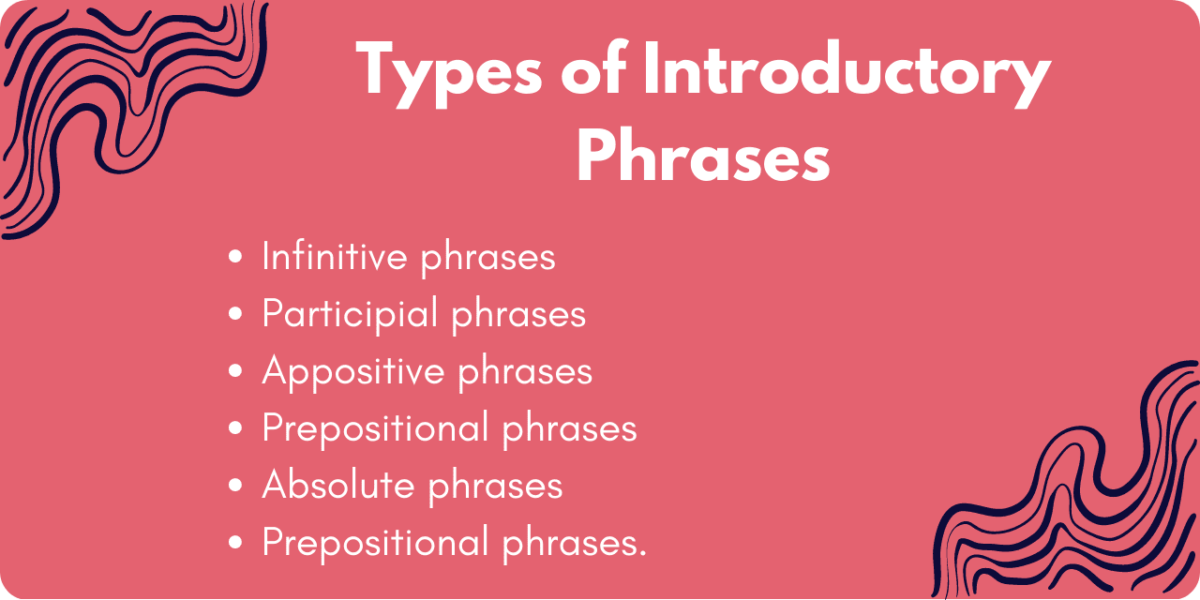
When Do You Need a Comma After an Introductory Phrase or Clause?
When to Use a Comma
From the list of types of introductory phrases listed above, two introduce the need for a strict comma policy: prepositional phrases and appositive phrases.
Some common introductory phrases need a comma; some need a serial comma if they’re a list, but they’ll never require a semicolon like a full sentence. In some situations, using a comma is optional. And, sometimes, it’s wrong to use a comma.
Here is a basic cheatsheet of when you need a comma after an introductory element (i.e., phrase or clause)
- Always use a comma if the sentence could be misinterpreted otherwise. If there’s a chance the reader would misunderstand your sentence with an introductory phrase, then use a comma to break up the logic of the sentence from its introductory elements.
- After an introductory clause.
- When there is a distinct pause.
- After introductory verbal phrases, some appositive phrases (see below), or absolute phrases.
- After an introductory prepositional phrase that contains five or more words. If a short introductory phrase contains fewer words, then a comma can be optional.
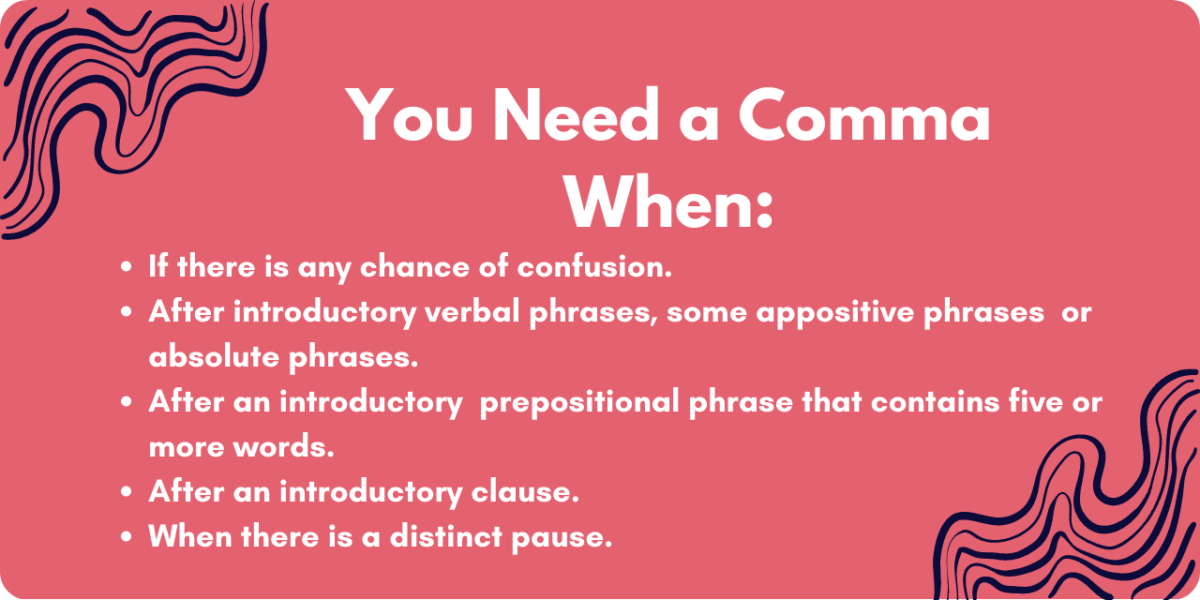
When Not to Use a Comma
Sometimes, a comma is not needed after an introductory element. Here are some cases when a comma is not necessary:
- After a short prepositional phrase of just a few words.
- After a restrictive appositive phrase (see below).
Commas with Appositive Phrases
Appositive phrases rename the subject of a sentence or another pronoun. For example, “the overachiever” is an appositive phrase to refer to Joseph (the pronoun and subject of the sentence):
Joseph, the overachiever, always had perfect grades.
There are restrictive and nonrestrictive appositive phrases. A restrictive appositive phrase is necessary to the sentence’s meaning. A nonrestrictive appositive phrase is not necessary to the sentence’s meaning.
Commas are not used with restrictive appositive phrases.
The example above shows a nonrestrictive appositive phrase because the sentence makes sense without it – Joseph always had perfect grades. Here is an example of a restrictive appositive phrase:
The race car driver Jeff Gordon is my favorite.
This appositive is restrictive because it is necessary for the reader to know which race care driver they are referring to. The writer of this sentence uses a restrictive phrase because the only Jeff Gordon that is their favorite is one who is a race car driver.
Sometimes, a restrictive appositive phrase acts as an introductory phrase. When that happens, don’t use a comma to separate the phrase from the subject. Here’s an introductory phrase example that could lead to confusion if commas are used:
Incorrect: The best-selling author, Mr. Brian Rockhold, did a reading at the bookstore.
Correct: The best-selling author Mr. Brian Rockhold did a reading at the bookstore.
The incorrect introductory phrase communicates that the name is not necessary for the meaning of the sentence: “The best-selling author did a reading at the bookstore.” But, we lose the naming function by addiction the distinct pause of the comma.
Learning all the rules about commas with introductory phrases may be challenging at first, but it gets easier with practice.
Extra Tip
Sometimes, a sentence may seem like it begins with an introductory element and requires a comma when in reality, it’s just the subject put before the predicate, and no comma is needed:
To begin the process of merging the two departments without finalizing all the details would be foolish.
A comma is not needed after “details,” even though it seems like there should be one.

